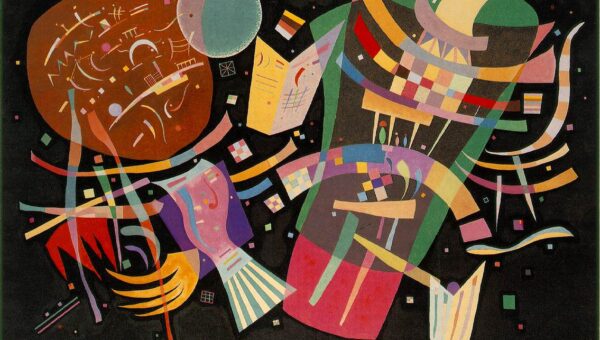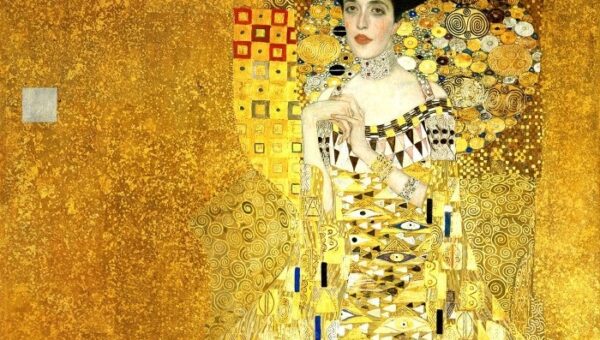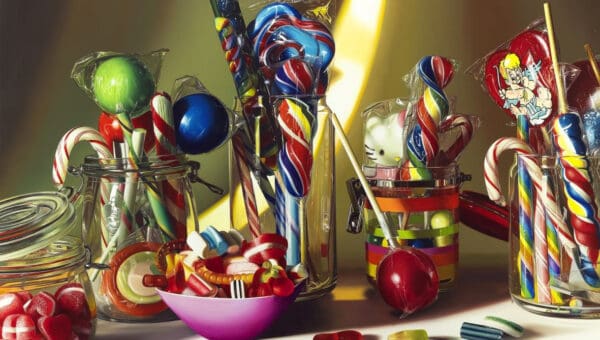
Baroque
The 17th century ushered in a new style which became known as baroque. Throughout the 17th and 18th centuries, every kind of art was subordinate to this style, from clothing and interior design to music.
Baroque began its triumphal procession from Italy in the late 16th century, before spreading all over Europe. Each country contributed its own national peculiarities to baroque, however. The term itself came from the Italian word barocco (meaning ‘strange, marvellous’).
An intrinsic feature of the Baroque style was a striving for splendour and majesty. It was a dynamic style, one that caught the eye by virtue of the contrasts in its colour pallet and thereby differed from the harmonic art of the Renaissance era.
In baroque culture, events such as masquerades and firework displays were very popular. Women wore their hair in tall, intricately wrought styles, constructing entire pyramids on their heads. Corsets were in fashion, along with hoop skirts, while men wore powdered wigs. Natural life and clothing were rejected as savage.
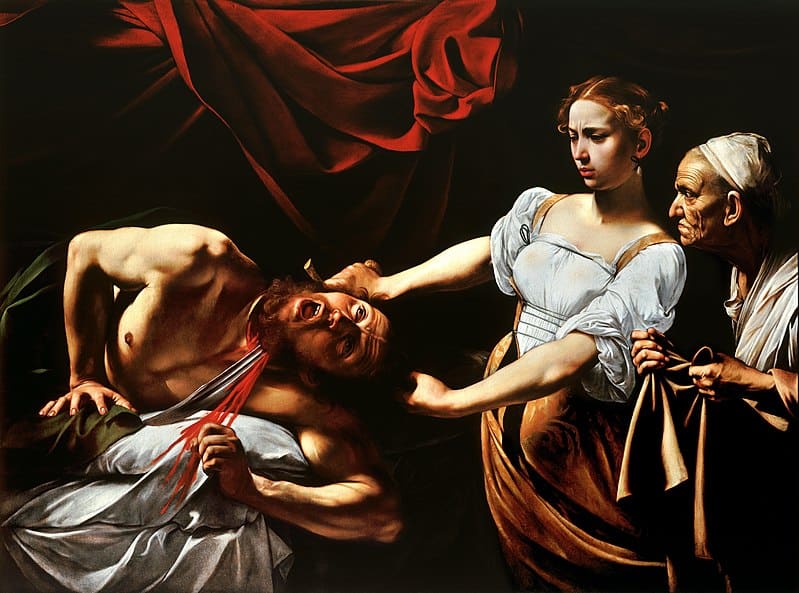
Baroque art did not tend to inspire contemplation and deep thinking; rather, it elicited emotion. The characters in baroque paintings expressed their emotions openly. An important characteristic was the depiction of movement, and of the swell of nature: people’s outfits were caught in the wind or carried off by it. Another distinctive feature of Baroque art was its allegorical meaning, a hidden symbolism that educated viewers would understand.
The most famous artist of the baroque age in Italy was Michelangelo Merisi, better known as Caravaggio. A particular Baroque style is named after him – Caravaggism. The artists who followed him and imitated his style continued to portray stormy emotions in their paintings, using naturalism.
No matter how straightforward the subject matter of the Caravaggists’ paintings, they were always realistic to a tee. A great deal of attention was paid to space, to contrast in the way the figures were lit, and to the play of light and shade (known as chiaroscuro).
Take Caravaggio’s painting Rest on the Flight into Egypt (1597).
Other artists from the Italian Baroque period were Giovanni Tiepolo, Canaletto, Guardi and Bellotto.
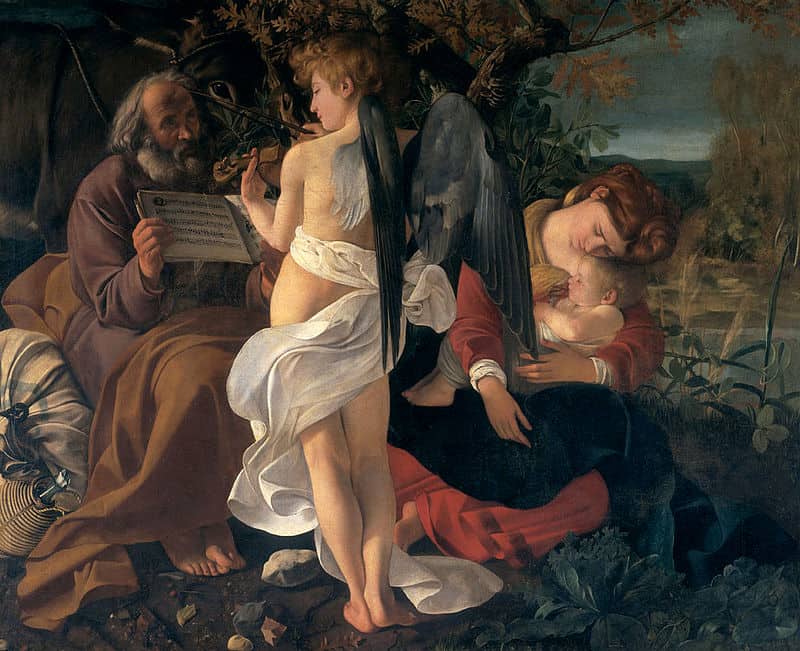
In Spain, the Baroque style was given embodiment in a rather stricter form. The most eye-catching representatives of Spanish Baroque were Diego Velazquez, Jusepe de Ribera and Francisco de Zurbaran, along with the Spanish artist of Greek descent Domenico Theotokopoulos (‘El Greco’). All of these artists, apart from Velazquez, mainly painted pictures on religious subjects. Diego Velazquez (1599-1660) brought Spanish art out from within the ‘walls’ of the temples. He was a master of the psychological portrait, of painting people’s characters. His canvases are complex and filled with multiple figures, and they stand out for their attention to detail and mastery of colour.
Take for instance Velazquez’s famous painting Las Meninas (1656-1657).
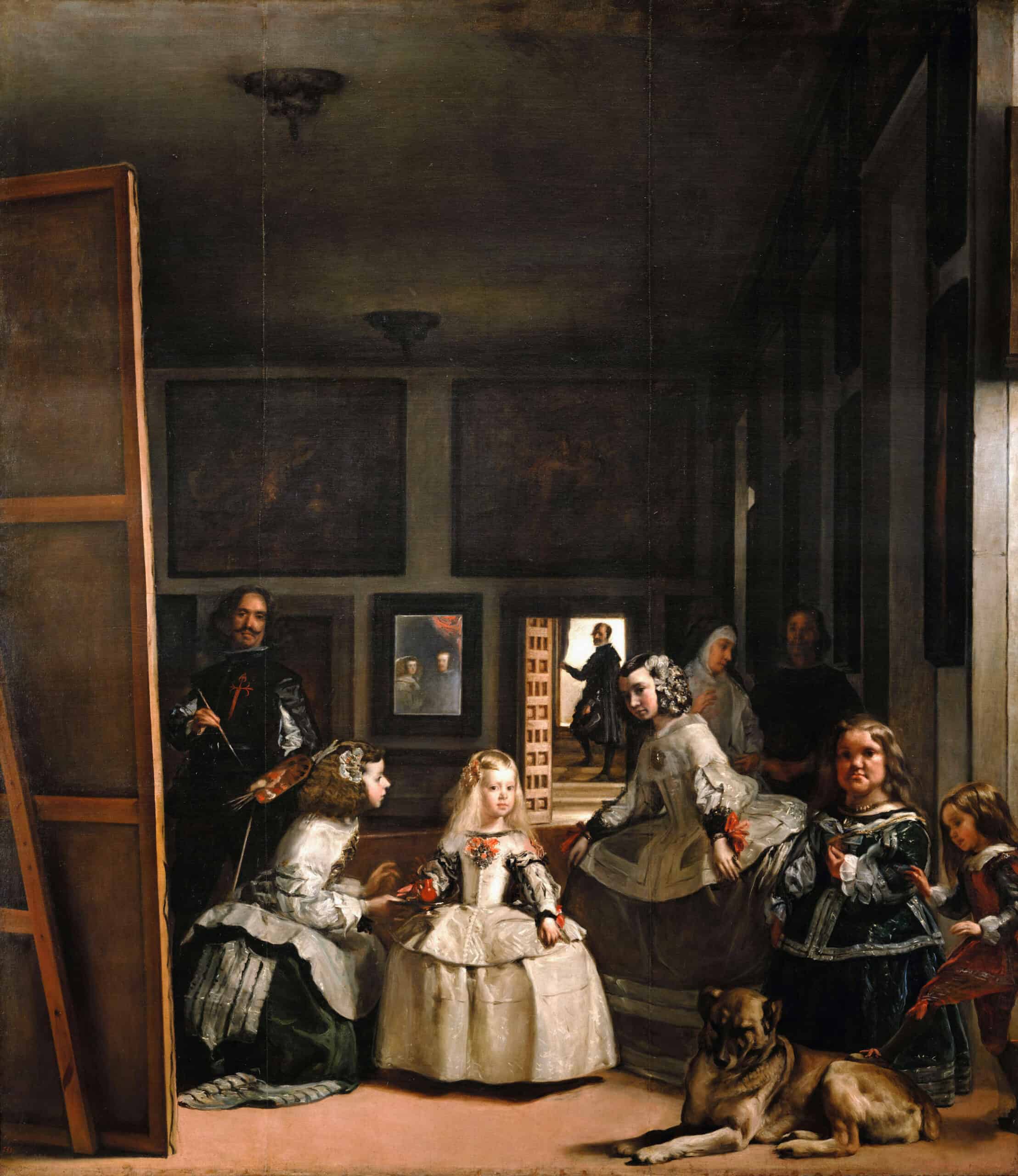
The golden age of the Flemish Baroque period came in the first half of the 17th century, and incorporated the art of Reubens, Van Dyke and Sneijders.
Peter Paul Rubens (1577-1640) was a Flemish artist who enriched Baroque painting with his dynamism, totally unconstrained vitality and sensitivity. His paintings are notable for their exceptional diversity, and this is expressed particularly well in their composition. Rubens’s colour pallet is filled with vivid, rich hues. The women in his canvases (their appearance is known as ‘Rubenesque’) seem chubby, but have distinctive body shapes.
We could take as an example Rubens’s painting ‘The Rape of the Daughters of Leucippus’ (1618), which depicts the myth of the sons of Zeus and Leda, who abducted the daughters of King Leucippus. The painting vividly conveys the dynamic of powerful motion.

The hunting scenes that Rubens portrayed are also noticeable for their unexpected composition, dynamism and richly saturated colours.
After first coming into being in the Renaissance era in Italy, the Baroque style gradually spread all over Europe, until it became the predominant style in European art by the 18th century.
Its primary traits are: grandeur and grandiosity, splendour and impressive scope, dynamism, intricacy, and an abundance of details, but the most important thing about this style is its life-affirming nature.
Paintings created in the Baroque style – even the ones that are very realistic – are notable for the complexity of the composition, the abundance of figures and the tension in the subject matter.
Baroque artists enriched art with new approaches to spatial form and a vital dynamism. All human life, complete with the emotional and carnal joy of living and with tragic conflicts, finds expression in Baroque art.




